
VESSEL`S INFORMATION
Name of vessel: PAVEL GORDIENKO
RS Number: 862254
IMO: 8422450
Call sign: UHIQ
Flag: Russia
Port of registry: Vladivostok
Date of keel laying: 14.02.1986
Date of build: 26.03.1987
Place of build: Finland, Turku
Gross tonnage: 693
Deadweight: 293
Length overall: 49.9
Beam: 10.02
Height: 5
Number of sets and output of engines: ICE/1, 985 kWt
Type of vessel: Research
Crew No: 24
Researcher No: 16
RS Class notation: KM(*) L1[1] AUT2 special purpose ship
Class status: CLASS VALID (REINSTATED TO LIFT SUSPENSION) 02.06.2017
Status of SMC: Safety Management Certificate, is valid
MANAGER DETAILS
Manager: FAR EASTERN REGIONAL HYDROMETEOROLOGICAL INSTITUTE
Address: Russia, 690091 Vladivostok, ul. Fontannaya, d. 24
IMO: 1320177
Email: This email address is being protected from spambots. You need JavaScript enabled to view it.
The research vessel equipped by modern radionavigations and scientific equipment.
Navigations equipment
- Satellite navigations system GBS-SPR-1400 (manufacturer Samyung Enc Co Ltd) connected with the electronic chart system “d’Kartnavigator” with software for fixing coordinates of water and sediment sampling and oceanographic observations.
- radars “Ocean 1M” (Russia)
- Echosounder “ELAC” LAZ-4700 (Germany)
- Global Maritime Distress and Safety System “SARACO” (Republic Korea)
The equipment of the bridge and chart room is shown on illustrations.

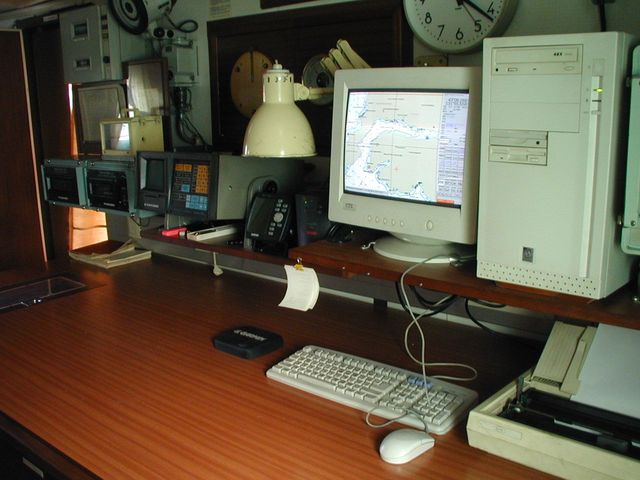
Bridge Chart room
Oceanographic equipment
- Hydraulic oceanographic winches with tow power 3 t (Finland)
- CTD “NEIL BROWN” (USA) equipped with the Carousel Water Sampler supporting 24 1.2-liter bottles.
- CTD “FSI” (USA) equipped with the Carousel Water Sampler supporting 24 1.2-liter bottles.
- CTD “SEA BIRD 911plus” (USA) equipped with the Carousel Water Sampler supporting 12 5-liter bottles.
- Current Meters AANDERAA RCM-8 (Norway).
- Niskin bottles with volume 5, 10 and 30 liters
- Three-section bottle with volume 360 liters to taking large volume water samples
- Grab samplers “Van Veen” and “Ocean-50” for bottom sediment sampling.
- Plankton nets
The deck oceanographic equipment, laboratory devises and some kind of expedition observations are shown on the illustrations
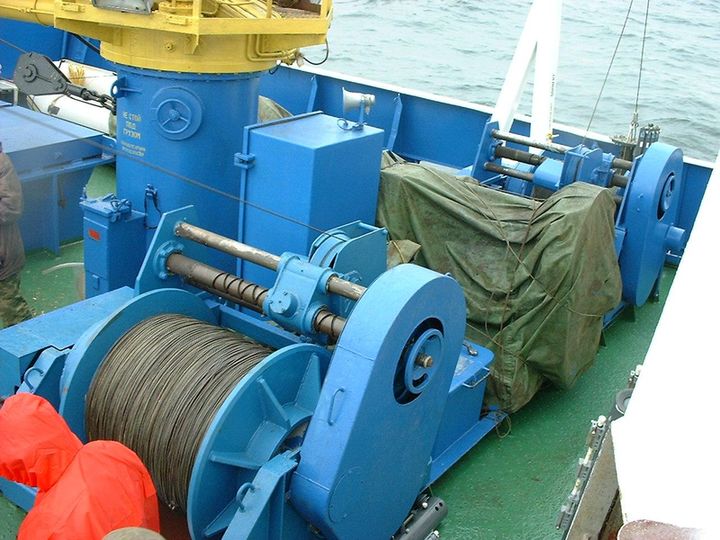
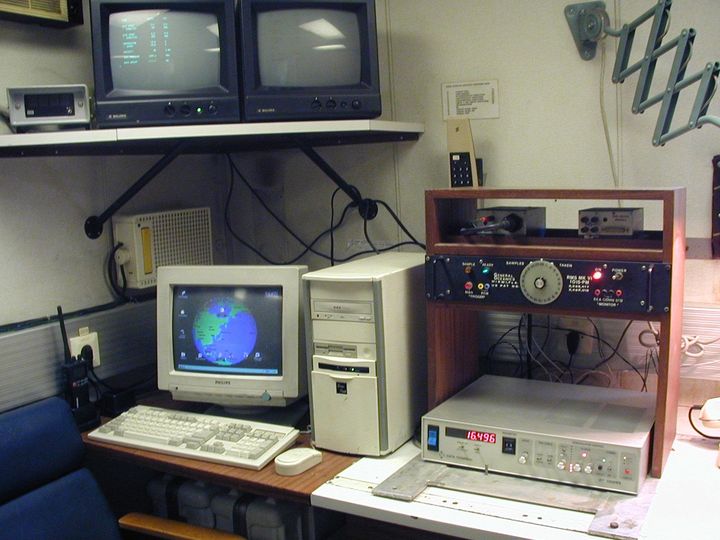
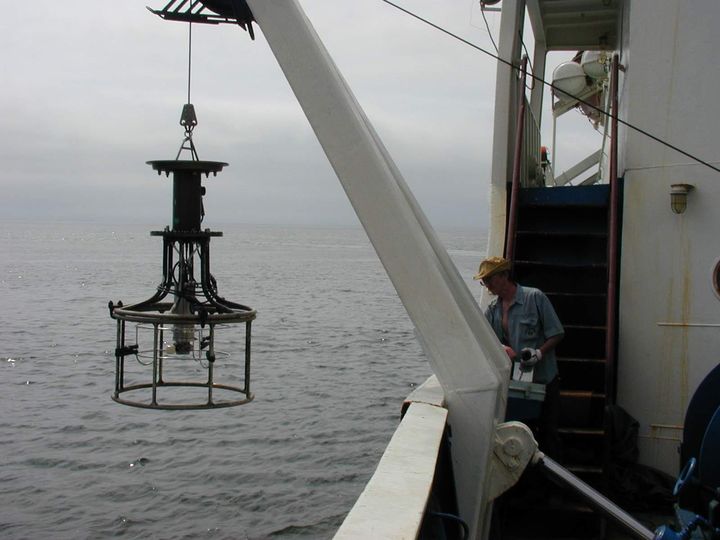
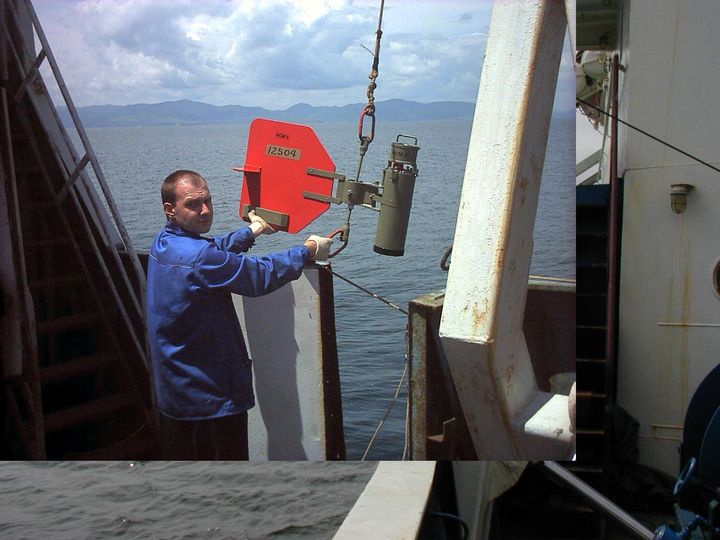
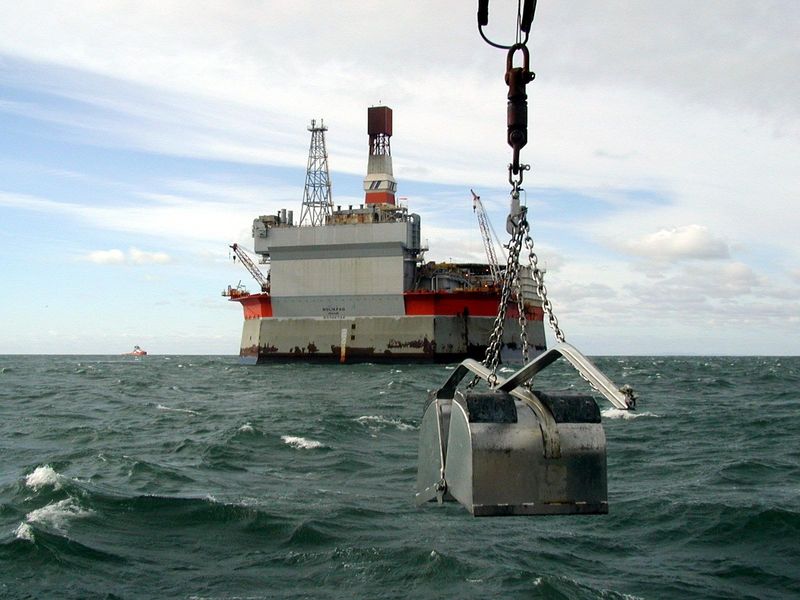
Winches Oceanographic laboratory CTD measurements Current measurement Bottom sediment grab sampling
Chemical laboratory equipment
- Nutrients Auto Analyzer “AKEA” (Finland)
- Photo Colorimeter “CFC-3” (Russia)
- Ionometer “HI 9321 (HANNA Instrument, Germany)
- Ionometer “I-135” (Russia)
- Water Deionizer (Russia)
- Fume hood (Finland)
- Bidistiller (Sweden)
- Drying oven (10-90o, 60-220o)
- Universal Dispenser (OPTIFIX, Germany)
- Autotitrator “BAT-15” (Russia)
- Automatic Pipettes with accuracy 0.01ml (Finland)
- Refrigerator
- Magnetic Stirrer (Germany)
- Centrifuge 1000-6000 rpm (Russia)
Chemical equipment is shown on the illustrations.
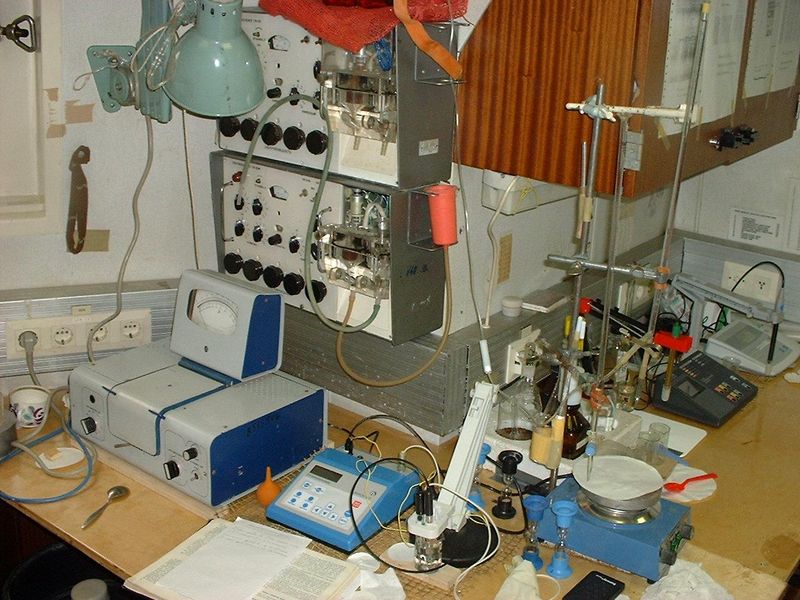
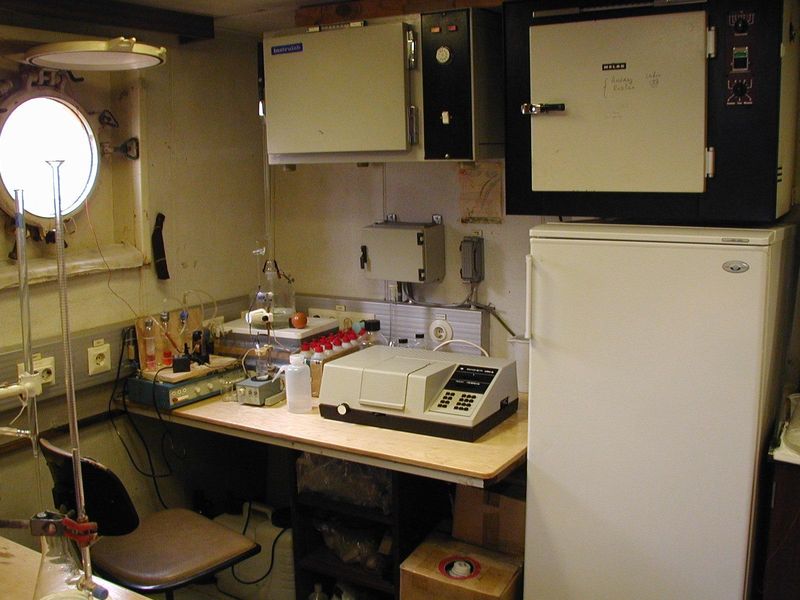
Chemical laboratory
Meteorological devices and equipment
- Automatic Weather Station “MIDAS 321” (Finland)
- Aneroid Barometer M-67 (Russia)
- Barograph M-22N (Russia)
- Aspiration Psychrometer MV-4M (Russia)
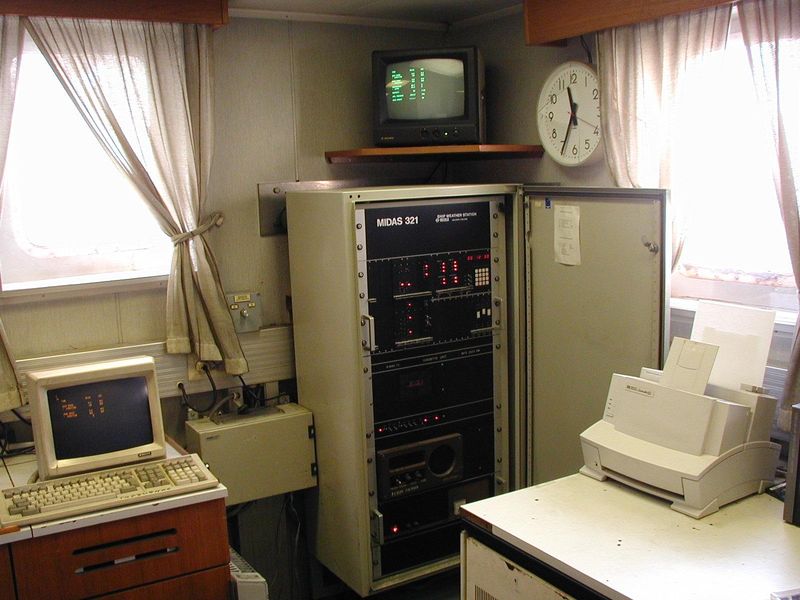
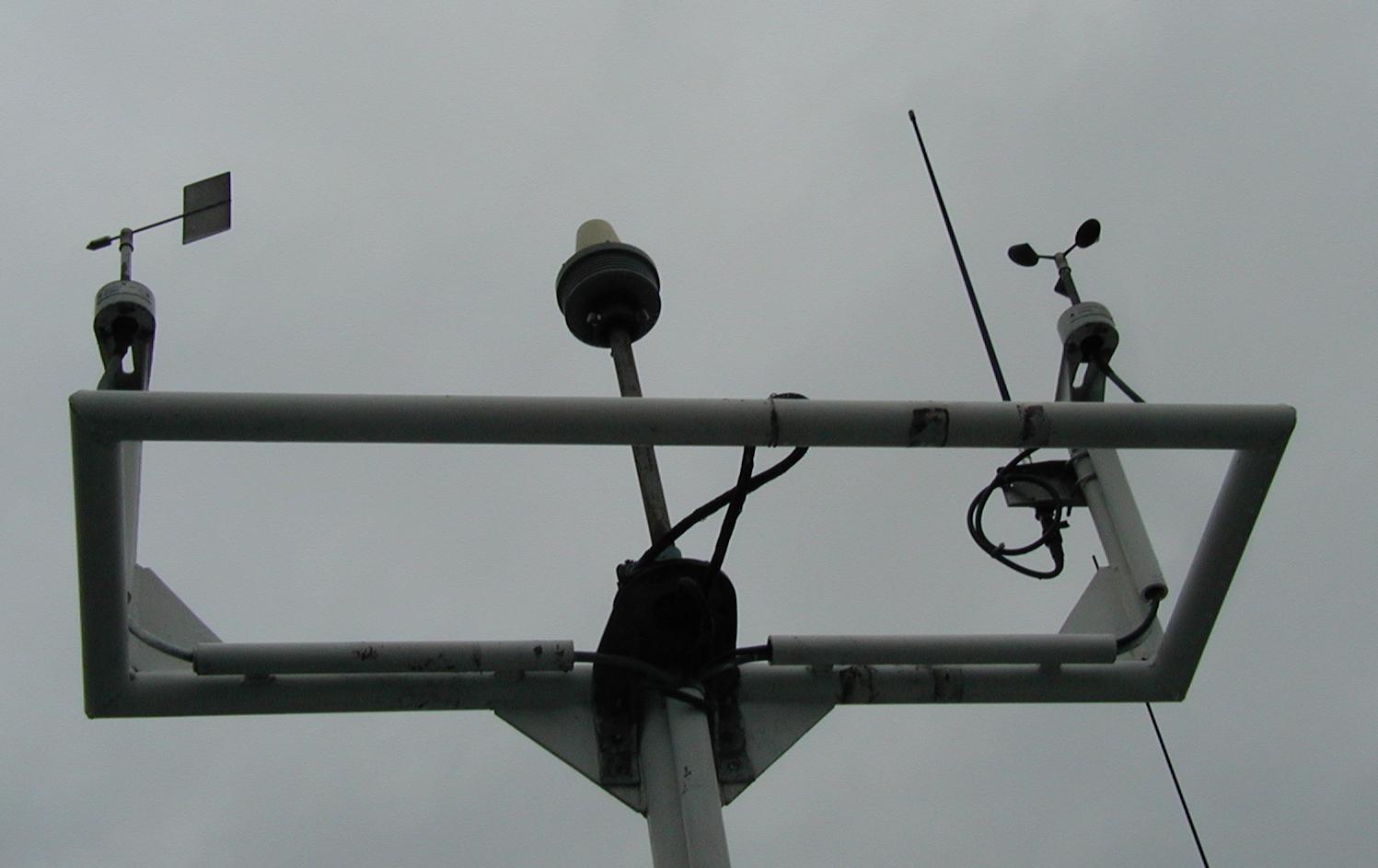
Meteorological equipment
The additional scientific equipment
Depending on tasks forwarding researchers the towed underwater television camera (see photo) can be applied to sea bottom survey.
In coastal, shallow areas of the sea is used inflatable boat type “Zodiac”, from which board the measurement of temperature and salinity of water by a CTD, sampling of water and bottom sediment and also visual survey sea bottom and sampling of sediment and biological objects by divers are made (see photo).
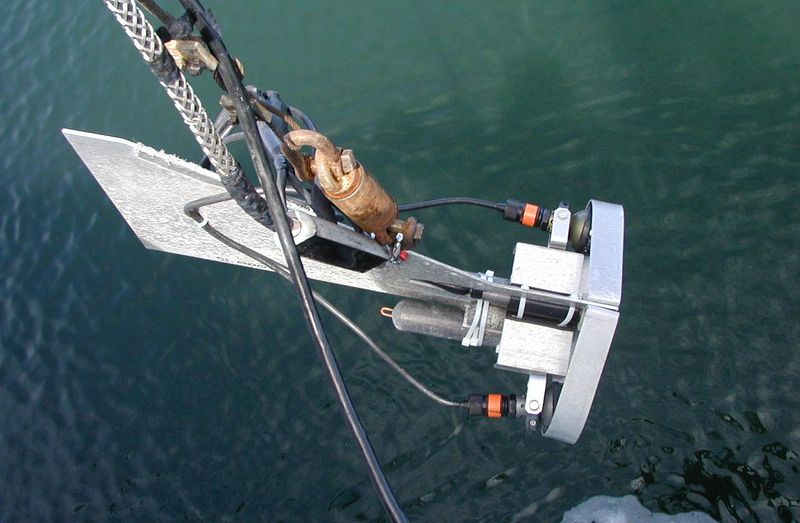


Bottom survey by TV camera Boat for survey of the shore area Bottom survey by diver
Communication facilities
- Global Maritime Distress and Safety System “SARACO” (Republic Korea), allowing to carry out communication by E-mail and telex (INMARSAT-C).Identification ship number in INMARSAT-C system is 427320755.
- Radio station for communication by telephone on short and intermediate waves.
- VHF radio station for direct communication with vessels and coast by telephone within of the direct visibility
- Radio station for communication on short waves by telephone and telegraph.
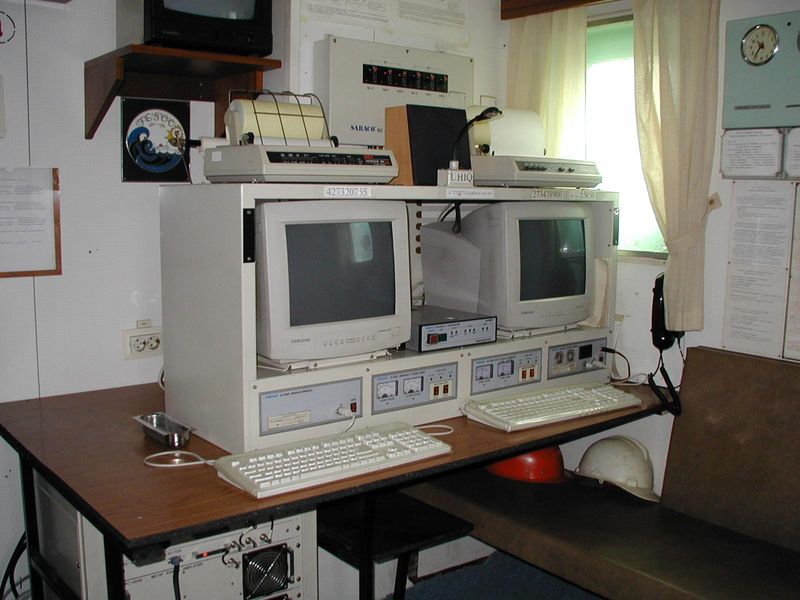
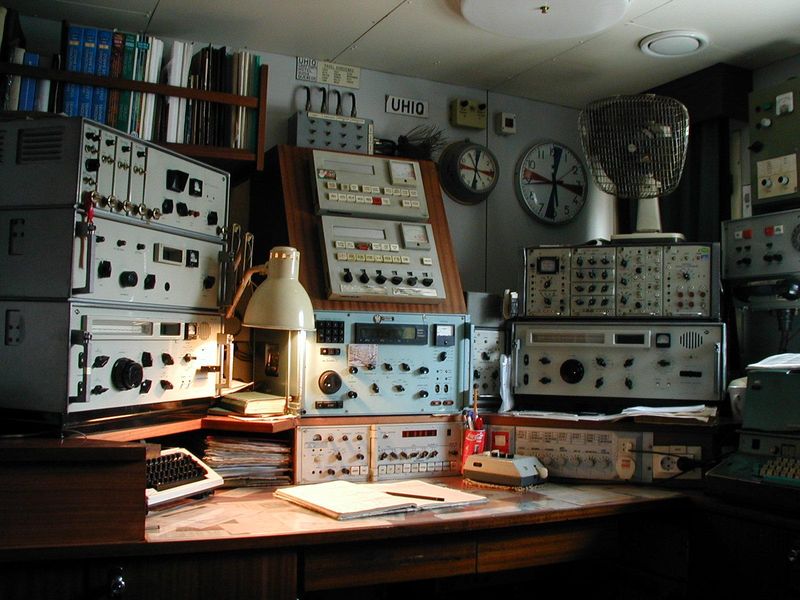
Communication equipment
Household conditions
For maintenance of good conditions for residing, works and rest of crew and scientific staff on the vessel are available one and two sets cabins, dinning room, room for rest and sauna. The vessel is equipped with a laundry and shower booths. On the top deck there is a place for sports playing in good weather.
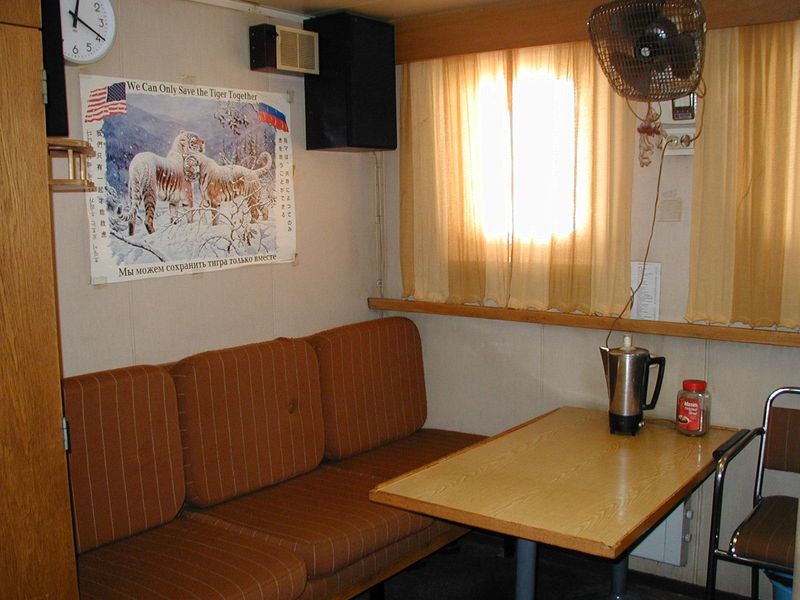
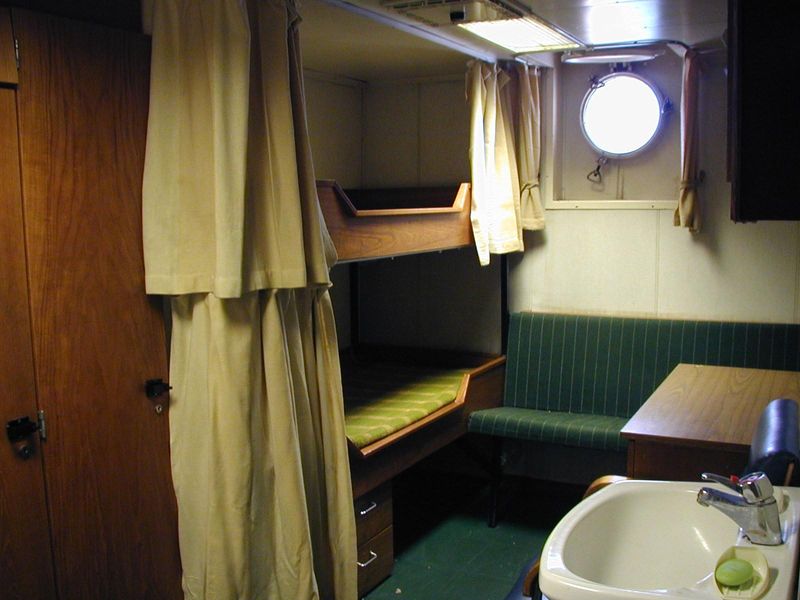


One set cabin Two set cabin Dining room Sauna
Participation in the research programs
From the moment of the introduction into research fleet of FERHRI till the present time R/V “Pavel Gordienko” has conducted more than 50expeditions on various problems of World ocean. Some directions of researches are presented below:
- Hydroacoustic researches in the Sea of Okhotsk (together with the experts of USA).
- Geological researches in the Sea of Japan (jointly with the KORDI, Republic Korea)
- Oceanographic researches in the South Chinese Sea (jointly with the Fishery Institute of Hanoi).
- Oceanographic experiment CREAMS in the Sea of Japan (together with the Japanese and Korean experts).
- Ecological researches on east shelf of Sakhalin Island in gas oil areas (together with companies “Sakhalin Energy” and “Exxon”.
- Numerous researches at Pacific and Indian oceans, in the Japanese, Okhotsk and Bering Seas according to plans of Federal Hydrometeorological Service and internal plans of FERHRI on various problems of hydrometeorology, oceanography, biology and ecology.


